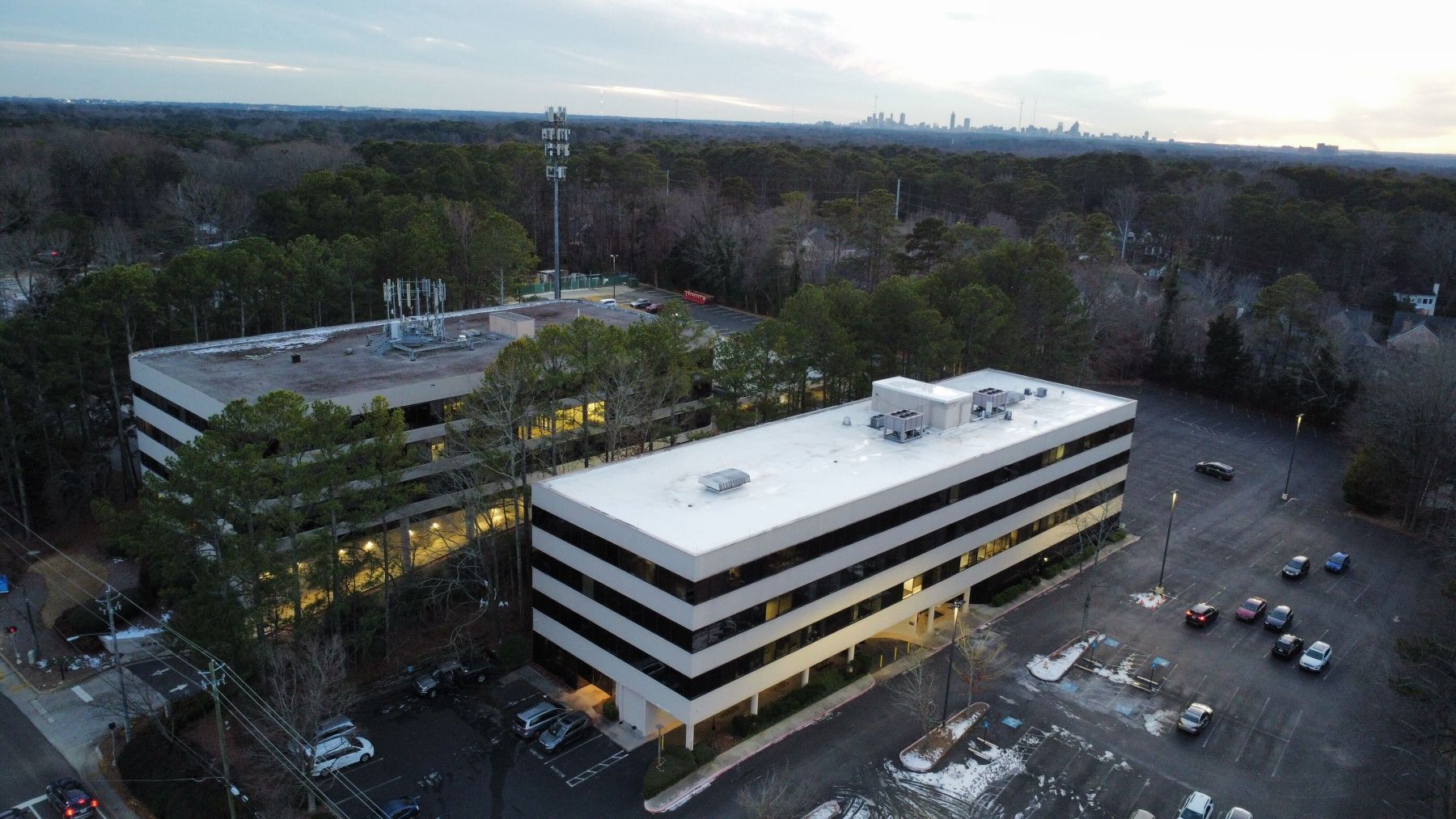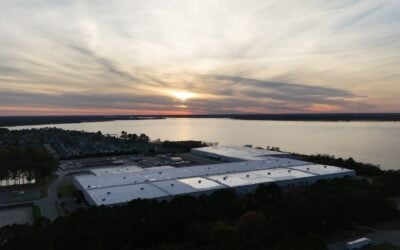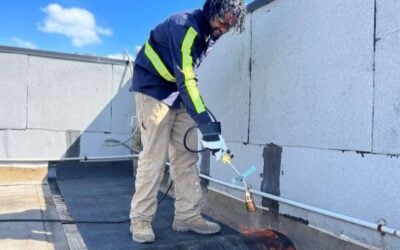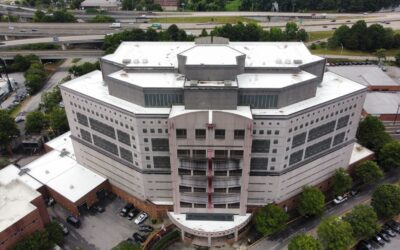If you’re a facility manager, you already know the importance of keeping your building’s roof in top shape. A solid, well-maintained roof protects your investment, ensures the comfort of those inside, and helps avoid costly emergency repairs. But when roofing contractors start throwing around words like “TPO,” “flashing,” or “R-value,” it can feel like a foreign language. Understanding basic roofing terminology doesn’t just make conversations with contractors easier—it empowers you to make informed decisions, spot potential issues early, and better manage your budget. Here’s a practical guide to common roofing terms every facility manager should know.
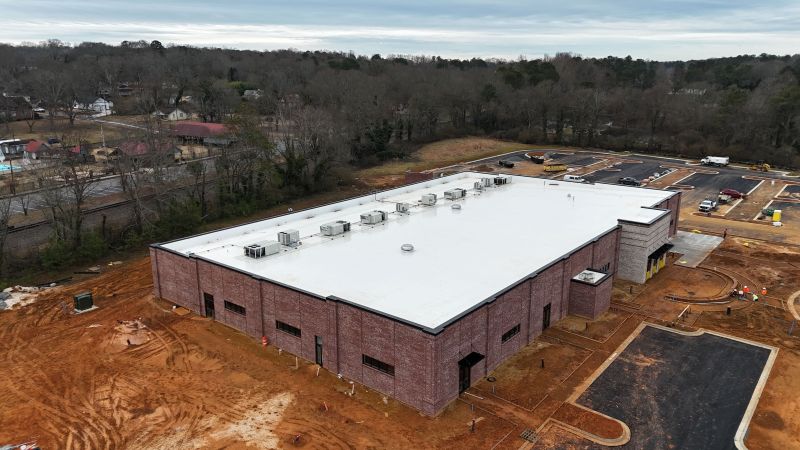
1. Roof System Types
Single-Ply Membrane:
A single-ply membrane roof uses a single layer of roofing material, commonly TPO (Thermoplastic Polyolefin) or EPDM (Ethylene Propylene Diene Monomer). These are popular on commercial and industrial buildings for their durability, energy efficiency, and ease of installation.
- TPO: A white, reflective membrane that helps reduce cooling costs and is resistant to UV and chemicals.
- EPDM: A black rubber membrane known for its flexibility and long service life.
Built-Up Roofing (BUR):
This is one of the oldest commercial roofing systems. It involves alternating layers of bitumen (asphalt or coal tar) and reinforcing fabrics. The result is a thick, durable roof often topped with gravel or a protective coating.
Modified Bitumen:
Similar to BUR but with factory-modified asphalt layers that improve flexibility and durability. Often applied in rolls, it’s ideal for flat or low-slope roofs.
2. Key Roofing Components
Decking:
The structural surface that supports the entire roofing system. It’s often made of metal, wood, or concrete. A strong deck is essential for the longevity of the roof.
Insulation:
Insulation helps regulate the building’s temperature and increase energy efficiency. The R-value measures how well the insulation resists heat flow—the higher the R-value, the better the insulation.
Vapor Barrier:
A layer that prevents moisture from migrating into the roof system. Moisture trapped beneath the membrane can cause mold, rot, or insulation damage.
Flashing:
Flashing is installed around roof edges, penetrations (like HVAC units, vents, or skylights), and other transitions to prevent water from seeping in. Proper flashing is critical to keeping your roof watertight.
Coping:
A cap or covering installed on the top of parapet walls to keep water from infiltrating the wall assembly.
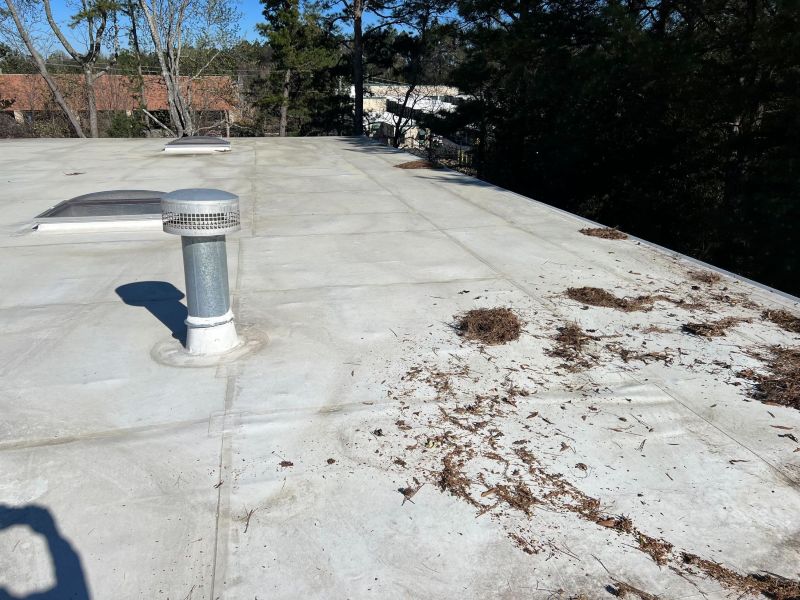
3. Common Roofing Terms You’ll Hear from Contractors
Penetration:
Anything that passes through the roof membrane—such as vents, pipes, skylights, or HVAC equipment. These areas are vulnerable to leaks if not properly sealed.
Seam:
Where two pieces of membrane meet. In TPO or EPDM roofing systems, seams are heat-welded or glued together. Seams must be carefully maintained to prevent leaks.
Ponding Water:
Water that remains on the roof for more than 48 hours after a rain event. This is often a sign of poor drainage and can lead to membrane damage and leaks over time.
Blistering:
When air or moisture becomes trapped under the membrane, creating raised “bubbles.” Blisters can compromise the roof’s performance if not addressed.
Expansion Joint:
A flexible joint that allows for the natural expansion and contraction of building materials caused by temperature changes. This helps prevent cracking or structural damage.
4. Roof Maintenance and Lifespan Terms
Preventative Maintenance:
Scheduled inspections and small repairs designed to extend the life of the roof and catch issues before they turn into expensive problems.
Roof Asset Management:
A proactive approach to managing the lifecycle of your roofing systems across multiple properties—tracking age, warranty, condition, and repair history to plan ahead.
Service Life:
The expected lifespan of a roof, typically 20–30 years for most commercial systems with proper maintenance.
Warranty:
Most roofing systems come with a manufacturer warranty and/or a contractor workmanship warranty. Understanding the terms of these warranties helps avoid costly surprises down the road.
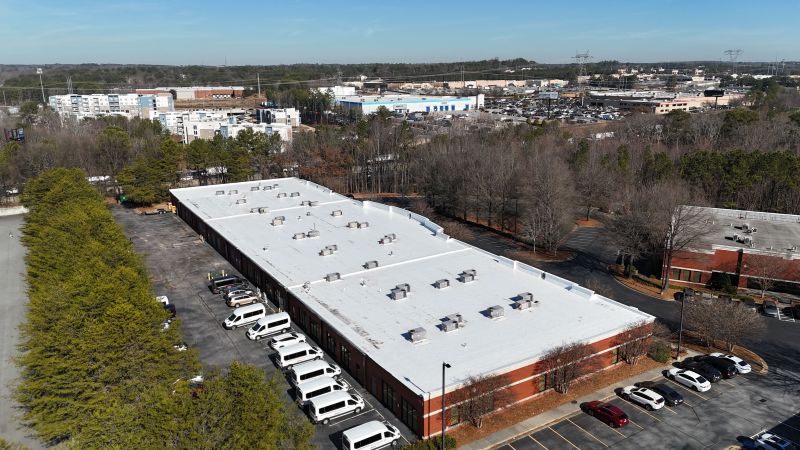
5. Why Terminology Matters
When you’re responsible for a facility, roofing isn’t just about keeping the rain out—it’s a strategic investment. Knowing the language:
- Helps you communicate clearly with contractors and vendors
- Ensures you’re getting accurate estimates and scopes of work
- Empowers you to make informed decisions about repairs vs. replacement
- Protects your building from premature damage
A little roofing knowledge can go a long way toward avoiding costly miscommunications and unnecessary repairs.
Final Thoughts
A strong roof is one of your building’s most valuable assets. By familiarizing yourself with these key roofing terms, you’ll be better equipped to manage maintenance, budget wisely, and work confidently with your roofing partners.

